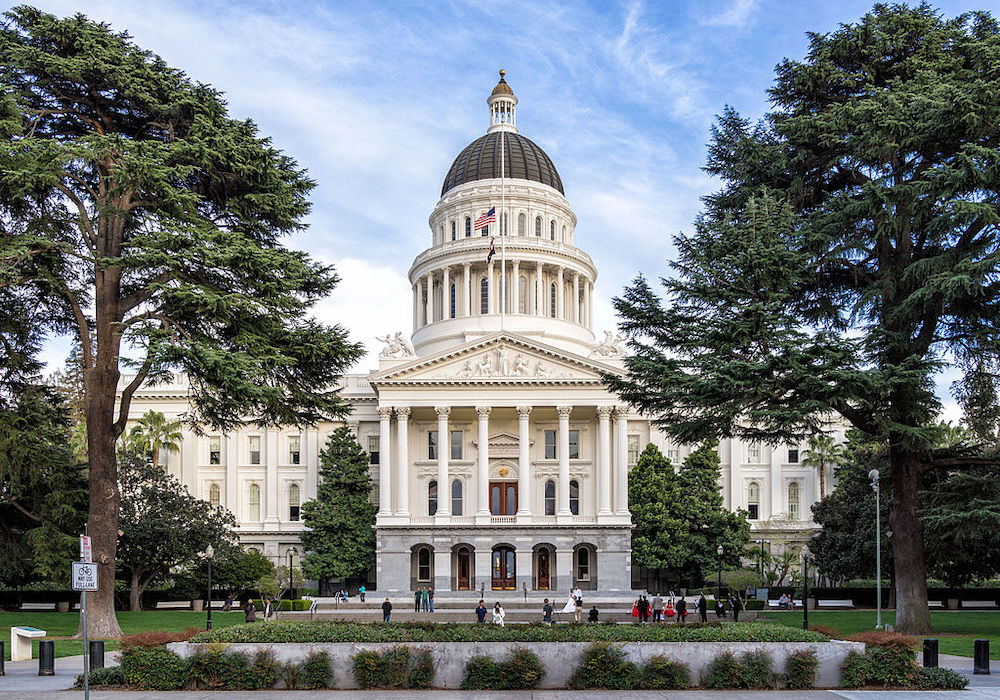By Eric Dresselhuys, CEO
Last week, the California Public Utilities Commission (CPUC) adopted a proposal to significantly reform the tariff structure governing net energy metering (NEM). NEM has been available to Californians with rooftop solar since 1996, providing guaranteed revenue for solar energy exported to the grid at the same ‘retail rate’ they would buy from the grid, regardless of time or use. While this move is not without controversy, it reflects the reality that reform was necessary to ensure the long-term viability and fairness of the system.
If the goal of NEM was to incentivize rooftop deployment, it has been wildly successful, enabling more than 12 GW of rooftop solar generation capacity statewide. But this success has highlighted a number of challenges, including the mismatch between peak solar generation and peak grid demand which causes curtailment during the day and energy shortages in the late afternoons and evenings. According to CAISO, California has curtailed nearly 2.5 TWh of wind and solar so far in 2022. This represents a significant waste of potential clean energy and illustrates the limits to scaling the current model.
The tariff reforms change the economics of residential solar; they discourage standalone solar without storage and incentivize the incorporation of batteries into residential solar systems. This can be expected to help shift the use of solar-generated electricity from daytime hours to evening, when energy shortfalls are a periodic threat. However, reform at the residential level alone, while helpful, may not be not the most efficient way to ensure clean, reliable energy 24/7 in California.
Dispatchable, grid-scale resources will be critical to a stable, post-fossil-fuel grid. Emerging energy storage technologies have the potential to meet this need and replace the natural gas generation capacity which currently provides power when the sun doesn’t shine or the wind doesn’t blow. Fortunately, a June order by the Federal Energy Regulatory Commission will lower barriers to participation in the CAISO market by distributed energy resources (DERs), which can include storage, by enabling these resources to participate in markets for grid ancillary services.
Larger-scale, grid-connected batteries offer a more efficient way to store excess roof-top solar, without pushing the cost of grid storage onto individual homeowners. Market incentives could create neighborhood or regional storage assets that capture excess generation and then allow grid operators to discharge when needed. With these regional storage assets in place, preserving strong incentives for homeowners to install solar, with or without co-located storage, would continue the considerable solar deployment progress achieved by previous policies.
New long-duration energy storage technologies, such as the iron flow batteries manufactured by ESS, can provide this grid-scale storage and not only store excess renewable energy during the day and deliver it when needed, but can also support a stable grid with grid services such as spinning reserve and voltage regulation. The recent FERC order supports grid stability and the reliable provision of affordable electricity by enabling new technologies to fully participate in markets. This will enable decarbonization while promoting affordable, reliable energy – a win/win.
Energy policy headlines in 2022 have been dominated by the Inflation Reduction Act (IRA) – for good reason given the historic investments that will drive the deployment of clean energy technologies and decarbonization of the energy system. But, incentives alone will not deliver the clean energy future we need. The reforms being implemented in California illustrate the kinds of policy evolution required to deliver the decarbonized energy future.
With the right regulatory landscape in place, the funding allocated in the IRA and the California state budget can truly add value. Long-duration energy storage projects, either as standalone projects deployed across distribution networks to balance rooftop solar, or paired with utility-scale solar generation, qualify for Investment Tax Credits under the IRA, the first time standalone energy storage has qualified for a Federal ITC. This funding comes just in time; LDES projects are urgently needed in the Golden State to meet ambitious decarbonization goals and maintain grid stability. The California Energy Storage Alliance estimates that 55 GW of grid-scale energy storage will need to be online by 2045. Fortunately, by pairing sensible regulatory reforms with new funding streams, we are beginning to lay the groundwork for the clean energy transition to take off in 2023 and beyond.

